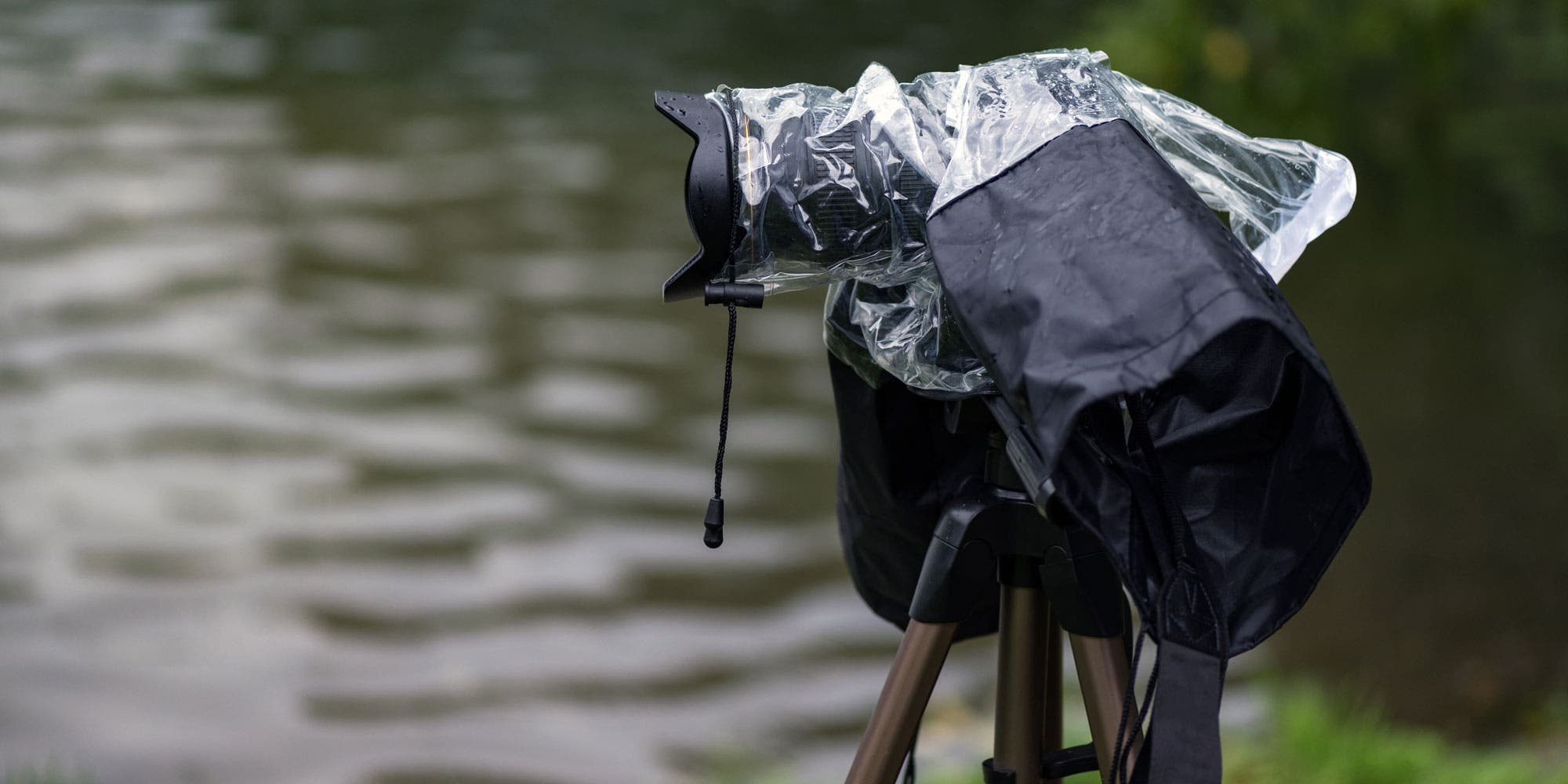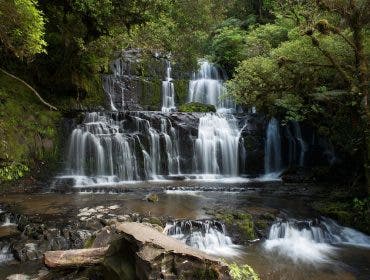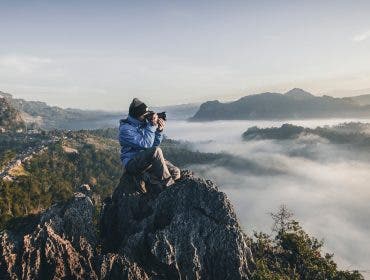Raining again? There’s no reason to ever leave your camera exposed to the elements. There are plenty of protective coverings available and they’re surprisingly affordable. You’ve invested hundreds, perhaps even thousands of dollars on a DSLR or mirrorless camera, and a little water can cause a lot of damage! You need to then invest in rain protection gear for your camera to keep it safe.
Not only can rain cause rusting, but it can also destroy your device when water seeps in and reaches sensitive components. A rain cover is a small price to pay to protect your camera and enable you to go out, shoot in the rain without worry, and still capture the drama that the weather brings.
Below you’ll find some products that may meet your camera waterproofing needs and budget.
Rain Protection: How to Keep Your Camera Dry When It’s Raining
Whether it’s sunny or raining out, there shouldn’t be any reason for you to stop shooting. Here are a couple of handy tips—as well as a few suggested equipment—to help protect your camera gear while shooting in the rain.
- Store Your Gear in a Waterproof Bag
- Use Camera Rain Covers
- Consider Using Thicker Camera Sleeves
- Invest in Waterproof Camera Housing
- Put a Good Lens Hood On
- Keep an Umbrella Handy
- Shoot from Shaded Areas
Store Your Gear in a Waterproof Bag
Even when you’re not shooting, you’ll definitely still need to protect your gear with a reliable waterproof camera bag. It’s a definite must-have, especially when transporting your equipment—which can be tricky due to the unpredictability of the weather.
You can keeping your gear safe and dry shouldn’t be a problem with something like the K&F Concept Multi-Functional Waterproof Backpack. Just as what your camera needs, it has soft-sided waterproof storage for your camera, another waterproof case with a zipper for additional protection from water, self-draining mesh pockets, and many other features and compartments for all your extra load.
For a lighter load, you can try the Pelican MPB25 Water Resistant 25L Backpack, which is great for protecting your camera and lens while keeping it close to the body. No matter the weather, you’ll be able to carry the camera close thanks to the convenient and comfortable straps.
Use Camera Rain Covers
If people can wear ponchos, why not cameras? That’s the idea behind camera rain covers like the Ewa-Marine Rain Cape, which drapes over any camera and lens, as well as many camcorders. An optical glass port is placed over the lens so image quality doesn’t suffer, and there are accommodations for camera straps. If you’re concerned about maintaining optical quality even in a downpour, the price tag is quite reasonable.
You also can’t go wrong with the more affordable Op/Tech 18” SLR Rainsleeve. It is big enough to accommodate a fairly long lens, and the eyepiece is adaptable to most viewfinders. A drawstring provides a snug fit and keeps precipitation out.
Consider Using Thicker Camera Sleeves
There are also thicker camera sleeves that are designed to fit your camera more snugly and provide better protection against other harmful elements.
The LensCoat RainCoat Rain Sleeve provides protection for your camera and lens from elements like rain, snow, salt spray, dirt, sand, and dust while allowing you easy access to the camera and lens controls, and comes in a variety of sizes. It is constructed from a lightweight waterproof, breathable material and slips on quickly and easily. Its versatility (through the use of the cinch straps on medium and large models) allows you to adjust the length of the cover and keep it snug around your lens. You can access the camera through the rear opening and the lens through the hook & loop closure at the bottom.
If space in your case is at a premium and you shoot in situations where the weather changes quickly, consider the Vortex Media Storm Jacket Cover. It fits in a fist-sized holder, can be quickly placed over or slipped off your camera, and is made of water-repellant AquaNylon fabric. After the storm, just shake off the raindrops and stuff it back into its case for next time. It comes in three sizes and in a variety of colors at Adorama.
If you’re planning on spending days stalking wildlife in all kinds of weather, consider a durable, high-end rain cover like the AquaTech Camouflage Sports Shield. Each of their covers is made for a specific camera/lens configuration, so check the description carefully to make sure you buy the one that fits your gear.
Invest in Waterproof Camera Housing
A case or housing is a completely waterproof camera cover that does a better job at protecting your gear on all sides. The Ewa-Marine U-AX Camera Housing, for example, can keep most DSLRs super dry and can even fit a top-mounted flash. It can be used at up to 60 feet underwater, making it perfect even for underwater photography.
If you own a mirrorless camera, you are probably looking at the above list and feeling a bit left out. Fortunately, there’s the DiCAPac Waterproof Case that not only works in rain but lets you take it as deep as 16 feet underwater. You can operate the camera’s controls through the housing and the lens port will accommodate the most commonly-available lenses for mirrorless interchangeable-lens cameras.
Put a Good Lens Hood On
If you plan on exposing just your lenses, such as when shooting from windows and cars, a lens hood may be good enough for you. A good and convenient lens hood can protect any of your lenses from getting damp.
Keep an Umbrella Handy
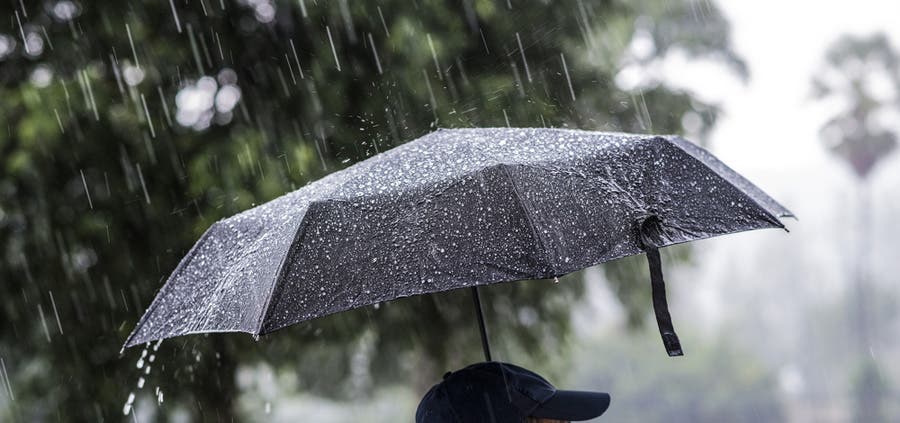
Even when you have a camera rain cover, it helps to always have an umbrella with you. Anything from a regular everyday umbrella to a big golf umbrella would be of good use for both your gear and yourself. They’re easier to whip out during sudden downpours and, depending on the kind of umbrella, can be mounted right on top of your camera and tripod setup. But if you have money to burn and want full coverage for you and your gear, you may want to invest in something like the Mag Rain Tent Umbrella, which is specially developed and designed for outdoor productions.
Shoot from Shaded Areas
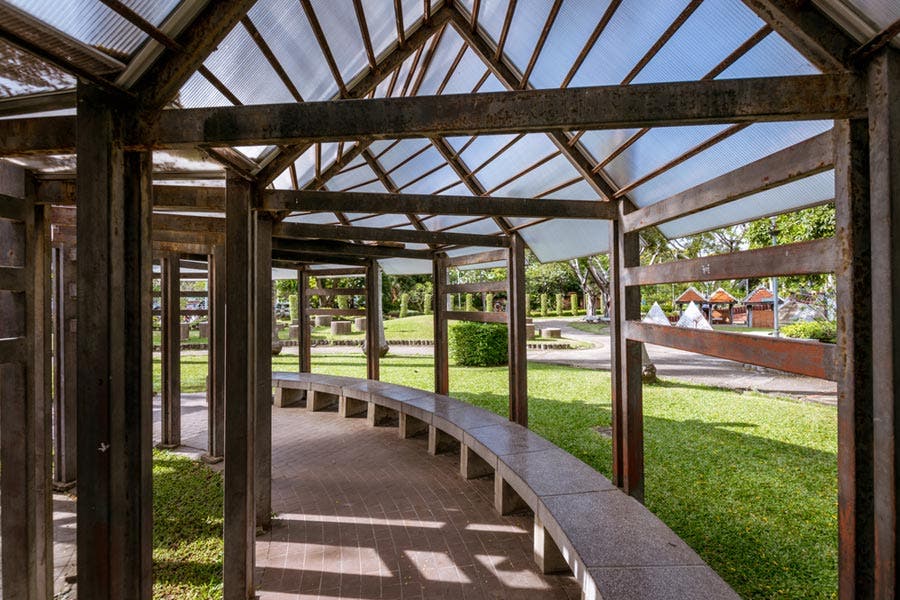
For maximum protection, you can scout for a shaded area that’s big enough to also keep you and your gear away from rain, even when it’s windy. Shaded areas like pathways or even bus stops can be good for providing some protection for yourself and your gear, and allows you to continue shooting (especially if you have a good telephoto lens) despite the downpour. Magnanimous trees can also provide temporary shelter while waiting for the rain to stop.
Rain Protection for Your Camera: Frequently Asked Questions
Do You Need Weather Sealing on Camera?
If you take pictures outdoors and don’t want to be weather dependent, you probably need weather sealing on your camera. It gives you more freedom to choose a location and schedule your photo sessions.
Weather-sealed cameras are more resistant to extreme cold and humidity, helping you take photographs in winter or on rainy days. However, weather sealing doesn’t mean waterproofing a DSLR camera. Heavy rain or immersing the camera in water will still damage it.
Weather sealing can also protect from sand, dirt, or insects. As a result, it may prolong the life of your gear. It is good to protect your camera, especially when you take pictures in rough terrains (e.g., desert) or often get close to the ground (e.g., macro photography).
What Happens If My Camera Gets Wet?
Water can damage the hardware part of the camera and leave it completely nonfunctional. In addition, as the camera runs on batteries, its electrical circuits can easily be ruined by water. Therefore, if your camera gets wet, turn it off immediately and don’t try to turn it on again until completely dry.
The best thing you can do is to save as much as possible. Remove the lens, battery, and memory card and open all compartments. Try to dry the camera fast using high-absorbing materials such as silica packets. Place it in a dry place for at least 24 to 48 hours.
Saltwater does even more damage to the camera. It isn’t just wet; it is also corrosive. So even if you manage to dry the camera, the salt will still work on the circuits, and eventually, it can ruin your camera.
Can You Use a Weather-Sealed Camera in the Rain?
You can use a weather-sealed camera in the rain for a longer time than a camera without sealing. That’s because the weather sealing offers a level of protection.
However, water can still damage the camera. Weather sealed doesn’t mean waterproof. Furthermore, the camera can still suffer from condensation. So avoid taking photos in heavy rain or keeping the camera exposed to rain for too long. Allow the camera time to adjust to temperature changes, before you change lenses.
To be sure you won’t damage expensive gear, add another level of protection to rain. You can use dedicated rain protection camera covers, DIY covers, or umbrellas. Don’t forget the lens needs rain protection too.
Can a Camera Be Repaired After Water Damage?
In some cases, if you act fast, you can repair the camera after water damage. You should start by removing everything you can remove (lens, battery, memory card) and place the camera face down on tissue paper. Other absorbing materials may help, such as rice, silica packets, and drying agents with calcium chloride.
Leave the camera to dry for one or two days. Most important, don’t try to turn on the camera until you are absolutely sure it is dry. You can also take the camera and lens to a professional repair shop. They will open it and make sure all the water inside is gone.
Bottomline
Your camera and other equipment is an investment. Keep it safe and protected from the elements as best you can by adding weather sealing and other protective features. This way, you can enjoy your gear for years to come.

